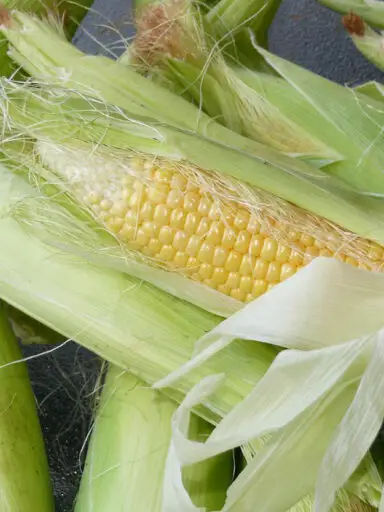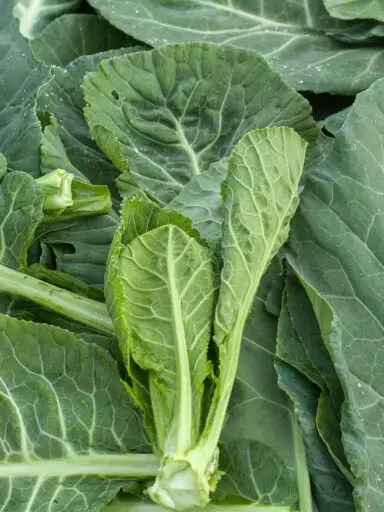Rice is an extremely popular staple food that so happens to be a cereal grain. It is the seed of a grass species with lots of Asian or African varieties.
It is most popularly grown in Asia with China being the leading producer of this grain. It is an annual plant, which can also survive as a perennial crop when grown in tropical regions.
The plant grows up to 1 to 1.8 m tall, or more depending on the variety and soil conditions. It can be identified by long slender leaves with grains that grow to about half a centimeter long.
It grows well in areas with plenty of rainfall but more commonly with artificial irrigation. In Asia, it is common to find these fields or paddies prepared on terraces on steep slopes.
Today it is grown all over the world and comes in white, brown, red, and black varieties spread across four categories namely indica, japonica, aromatic and glutinous.
Common varieties out of the four colored ones include Thai Jasmine rice, Japanese mochi rice, and Chinese sticky rice, Others are basmati rice, long and medium-grained Patna rice, and short-grained Sona masuri.
Others include abakaliki rice, wild rice, black Asian rice, and Camargue red rice. Generally, there are thousands of varieties that one can find all over the world.
More commonly it is normally purchased and processed in markets where the husk is removed from the grain and packed. In farmers or local markets, it is usually purchased by measuring out the required quantities from the sack or container.
Preparation of Rice for Recipes
Depending on the source, you generally want to wash the grains to remove any dirt and excess starch to make them less sticky when cooked. The general method is to wash the rice with plenty of water until the water becomes clear.
Some processed grains should not be washed especially those fortified with vitamins. Some brands can also be purchased washed or pre-cooked or parboiled.
The method of cooking is highly dependent on the actual variety of grains. Generally, you want to cook this starch using a ratio of grains to the water of 1:2.
The grains can also be soaked for about 30 minutes to 12 hours to shorten the cooking time. It can be fried before boiling to make it less sticky. It can also be steamed as well as prepared in an electric rice cooker.
This grain can be prepared as a main meal in itself or an accompaniment to a protein. It goes well with meats, poultry, or fish proteins. It also goes well with beans and lentils as well as in plain vegetarian dishes.
This grain can be eaten as part of a warm or cold salad, for starters, or as a garnish for soup. It can also be consumed as a dessert. It does well enough to be eaten sweet or savory.
Popular dishes contain this staple food including Risotto in Italy where the medium-grain variety is used. Rice pudding where the short-grain variety is used. Medium grain variety is also used in sushi. Others include pilaf (pilau) and biryani, congee, or rice porridge (usually eaten for breakfast) among others.
Nutritional Benefits of This Food
Rice contains 365 calories per 100-gram serving. It contains some amounts of dietary fiber and trace amounts of fat. It also provides decent amounts of protein about 7% of the weight of the total serving.
It also contains some of the B complex vitamins most notably niacin, vitamin B6 (pyridoxine), and pantothenic acid. Thiamin is also present in small amounts. It is a rich source of manganese and also a good source of phosphorus, zinc, and magnesium. It also provides decent amounts of iron.
You can follow this guide here to get more details about the different methods on how to cook this staple grain.




